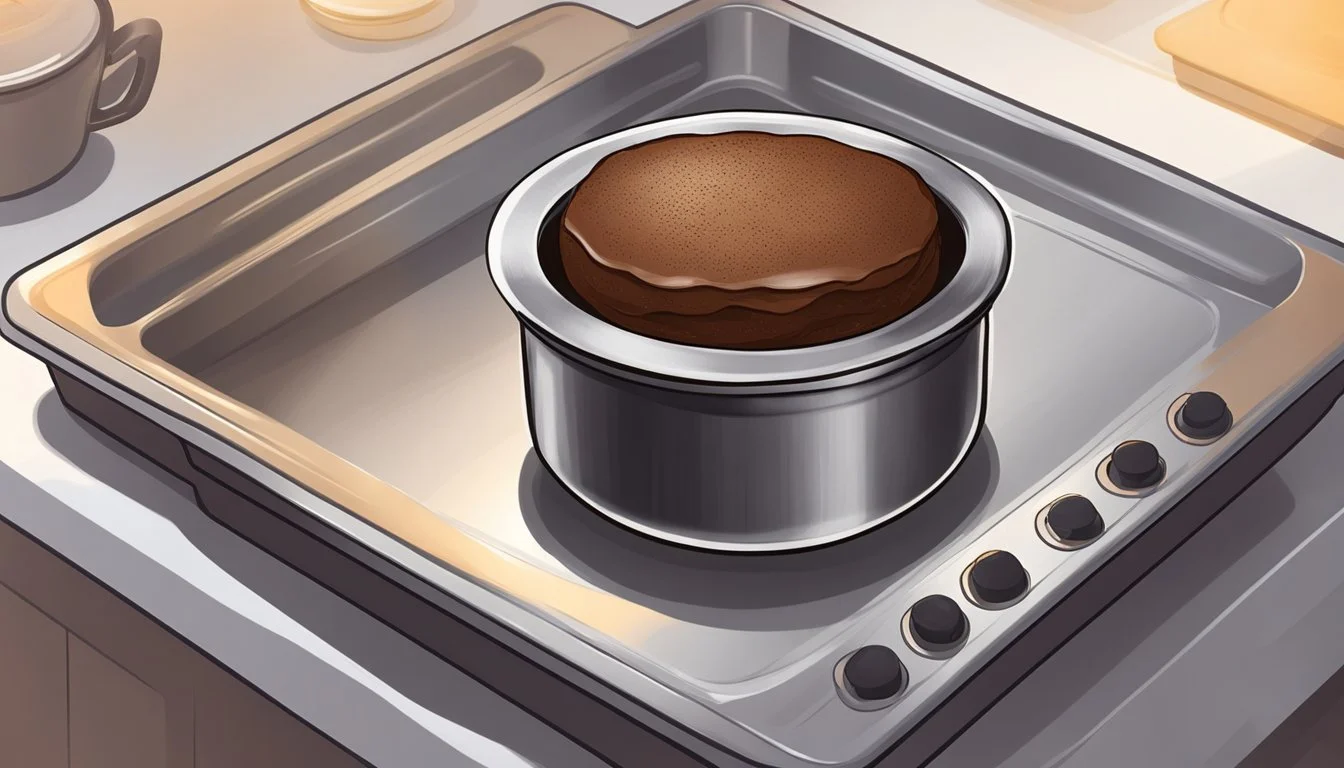Best Way to Reheat Chocolate Soufflé
Techniques to Preserve Its Delicacy
When it comes to chocolate soufflés, achieving that perfect light and airy texture is only half the battle—the challenge often continues with reheating leftovers without compromising their delicate structure. Chocolate (What wine goes well with chocolate?) soufflé, with its rich flavor and featherlight consistency, is best served fresh from the oven, yet it is still possible to enjoy it later on when reheated correctly. To retain the soufflé's characteristic texture, a gentle and even reheating method is essential.
Reheating chocolate soufflés requires precise control of heat and moisture. The aim is to gently warm the soufflé through to the center without causing it to turn dry or collapse. An oven, preheated just right, often serves as the ideal environment for reheating, as it allows the heat to envelop the soufflé evenly. Smaller chocolate soufflés, due to their surface area to volume ratio, can sometimes benefit from a slightly different approach to maintain their texture and flavor profile.
Understanding the nuances of temperature, timing, and moisture management can transform the often-disappointing process of reheating soufflés into a repeat culinary success. Those remnants from a night of indulgence need not be a sad echo of their former selves but can instead be revitalized, preserving the essence of what makes a chocolate soufflé an exquisite dessert.
Understanding Chocolate Soufflé
Chocolate soufflé is a delicate dessert with a rich flavor profile that requires a precise combination of ingredients and technique to achieve its characteristic light and airy texture.
Ingredients and Their Roles
Chocolate: A quality dark chocolate with a high cocoa content imparts a deep, chocolatey essence.
Egg whites: When whipped, they form the base of the soufflé's airy structure.
Egg yolks: Contribute to the richness and provide stability to the dessert.
Sugar: Granulated sugar sweetens the soufflé and helps stabilize the whipped egg whites.
Butter: Unsalted butter enriches the dessert and prevents the soufflé from sticking to the ramekins.
Flour: A small amount gives structure without compromising the airy texture.
The Science Behind Soufflé Rise
The key to a soufflé's rise lies in the air bubbles trapped within the whipped egg whites. As the soufflé bakes, the air expands, causing the dessert to puff up.
Important Pre-Baking Preparations
Preheat the oven: Essential for a consistent baking temperature.
Prepare ramekins: Buttered to ensure the soufflé releases easily after baking.
Chocolate Soufflé Recipe Overview
A chocolate soufflé recipe involves melting chocolate with butter, incorporating egg yolks, and folding in whisked egg whites with sugar to create a light, airy mixture.
Baking the Perfect Soufflé
Bake at a precise temperature until risen and the exterior is set but the center remains slightly jiggly to retain a moist texture.
Nutritional Information
A typical chocolate soufflé contains approximately:
Calories: 300-400
Protein: 6-8g
Total Fat: 18-24g
Saturated Fat: 10-14g
Cholesterol: 150-200mg
Sodium: 45-60mg
Carbohydrates: 25-35g
Dietary Fiber: 2-3g
Serving Suggestions
Serve chocolate soufflé with powdered sugar, whipped cream, or fresh berries for an elegant presentation.
Reheating Chocolate Soufflé
To maintain moisture, a reheating technique might involve placing the soufflé in an oven with a bowl of water to prevent drying out. Avoid overheating to retain the texture.
Troubleshooting Common Soufflé Issues
Issues such as cracking, sticking, or deflating often arise from improper folding, oven temperature fluctuations, or incorrect baking times.
Advanced Techniques and Variations
Skilled bakers might create variations by incorporating elements like ganache or using a double boiler for a smooth chocolate base.
Storage and Make-Ahead Tips
Chocolate soufflés are best enjoyed fresh, but can be refrigerated and covered with foil for short-term storage. Airtight containers are recommended for fridge or freezer storage to prevent moisture loss.


